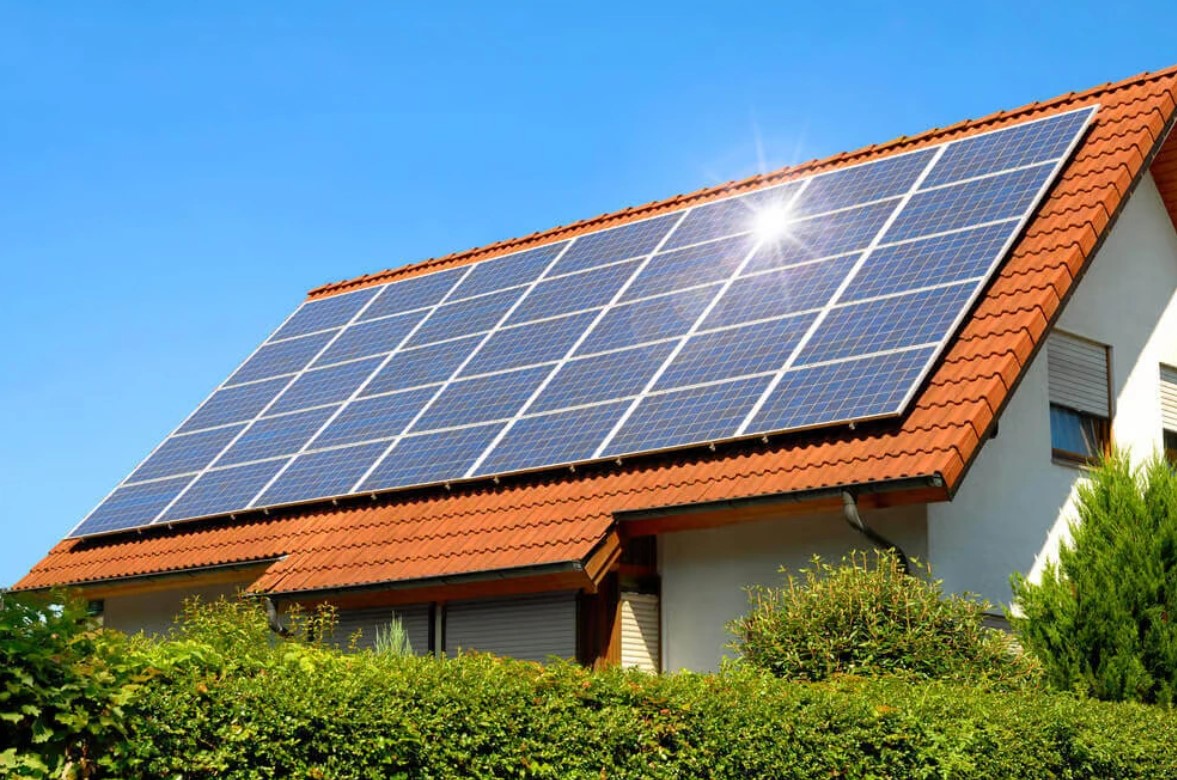The move towards renewable energy sources has become essential in addressing global energy demands and combating climate change. Among these, solar power stands out as one of the most accessible, efficient, and environmentally friendly options. Harnessing the sun’s energy not only reduces our reliance on fossil fuels but also opens opportunities for technological advancements in grid management. However, as the adoption of solar power continues to grow, managing its integration into existing power grids requires innovative strategies and solutions to maximize its potential.
The Rise of Solar Energy as a Dominant Power Source
Solar power has achieved remarkable growth over the past decade, with numerous countries investing heavily in photovoltaic systems and large-scale solar farms. This rise is driven by the decreasing cost of solar panels, government incentives, and a collective shift towards sustainable energy.
The decentralized nature of solar energy—especially rooftop installations—has empowered households and businesses to become energy producers themselves. Despite these advantages, the intermittent nature of solar energy remains a challenge. Factors such as weather conditions, seasonal output, and nighttime periods can interrupt solar energy generation, creating a need for effective grid optimization strategies.
Challenges of Integrating Solar Power into the Grid
Integrating solar power into traditional energy grids presents technical and logistical hurdles. Traditional grids were designed for centralized power systems where energy flows from large energy plants directly to consumers. With solar power, energy production becomes more distributed, as individual homes, businesses, and communities generate electricity.
This shift disrupts one-way energy flows and creates variability in supply. Key challenges include:
- Energy Storage Issues
Since solar panels generate energy during the day, aligning production with consumption requires efficient storage systems like batteries.
- Grid Stability
Fluctuations in solar energy production can lead to imbalances in electricity supply, impacting grid stability.
- Demand-Supply Mismatch
Solar energy generation often peaks during the midday hours, whereas energy demand surges in the evening.
- Infrastructure Adaptability
Older grid infrastructure may not be equipped to handle the influx of renewable energy inputs.
Overcoming these challenges necessitates investment in advanced strategies to optimize the use and distribution of solar power systems.
Strategies for Optimizing Solar Power Grids
1. Smart Grids with Real-Time Monitoring
Smart grids are transforming the way we manage electricity by using advanced technology to monitor and optimize resource distribution. By incorporating real-time data analytics, solar power output can be effectively tracked and adjusted to balance supply and demand. Sensors and IoT devices play a crucial role in ensuring that solar energy flows seamlessly from homes and farms into local and national grids.
2. Enhancing Energy Storage Solutions
One of the biggest breakthroughs in solar power optimization lies in energy storage advancements. Large-scale battery systems, such as lithium-ion batteries, allow excess solar energy to be stored during peak production times and used later during low production periods. By scaling up energy storage capacities, we can reduce reliance on backup fossil fuel-based systems, thereby promoting grid sustainability.
3. Implementing Demand Response Programs
Demand response programs incentivize consumers to adjust their energy usage patterns to coincide with renewable energy production. For example, homeowners can run appliances like washers or charge electric vehicles during peak solar power hours, ensuring that excess electricity is efficiently utilized. These programs help harmonize demand and supply while reducing grid congestion.
4. Introducing Microgrids and Peer-to-Peer Energy Sharing
Microgrids operate as independent power networks that can seamlessly integrate solar power sources with battery storage. These localized grids can supply energy to isolated areas or serve as backups during grid outages. Additionally, peer-to-peer energy sharing systems enable households or businesses with surplus solar energy to sell their excess power to nearby consumers, creating a more interactive and efficient energy ecosystem.
5. Advanced Forecasting and Predictive Analytics
Weather-dependent energy sources like solar require accurate predictions to anticipate fluctuations in energy generation. Utilizing AI and machine learning for forecasting can improve solar grid operations by providing early insights into production peaks or dips. This level of predictive optimization ensures smoother grid performance and reduces energy wastage.
6. Incentivizing Distributed Energy Resources (DERs)
Distributed Energy Resources include smaller-scale energy generation systems such as rooftop solar panels and community solar initiatives. Encouraging widespread adoption of DERs helps decentralize energy production and reduces dependence on large power plants. Incentive schemes offered by governments or utility providers can promote more widespread DER adoption, making solar power a grassroots-level solution.
Policy and Regulatory Support for Solar Grid Optimization
Governments play a pivotal role in driving the transformation towards solar power optimization by designing policies that encourage its adoption. Subsidies for solar installations, tax credits for energy storage investments, and net metering policies ensure that households and businesses can reap financial benefits from going solar. Furthermore, legislating stricter emission reduction targets compels utilities to integrate more renewable sources, including solar, into their grids.
Benefits of Grid Optimization for Solar Power Usage
Optimizing grids to better accommodate solar power has far-reaching benefits. A well-optimized grid ensures:
- Energy Reliability
Balanced supply-demand dynamics guarantee steady electricity availability even during production dips.
- Cost Savings
Households and businesses can lower their utility bills by harnessing solar energy during peak sunlight hours.
- Environmental Sustainability
Reducing reliance on fossil fuels translates to fewer greenhouse gas emissions and a cleaner environment.
- Resilience During Outages
Microgrids and distributed systems mitigate the impact of wide-scale blackouts by offering decentralized energy solutions.
The Future of Solar Power Optimization
Future developments in solar power technology, coupled with grid optimization techniques, promise to revolutionize how we produce and consume electricity. Innovations such as self-healing grids, next-generation solar cells, and blockchain-based energy trading are poised to redefine the renewable energy landscape. With increased adoption, public awareness, and global collaboration, solar power will continue to shape the future of energy systems.
Final Thoughts
The potential of solar power in reshaping global energy infrastructure is undeniable. By addressing challenges like storage, grid stability, and scalability through strategic optimization, we can harness the full range of benefits solar energy offers. Whether through investment in smart technologies, policy innovation, or fostering community-level renewable efforts, the road to a sustainable energy future lies in making the most of this abundant natural resource. Solar energy is more than just a solution; it’s a stepping stone toward a cleaner, brighter, and more resilient world.










